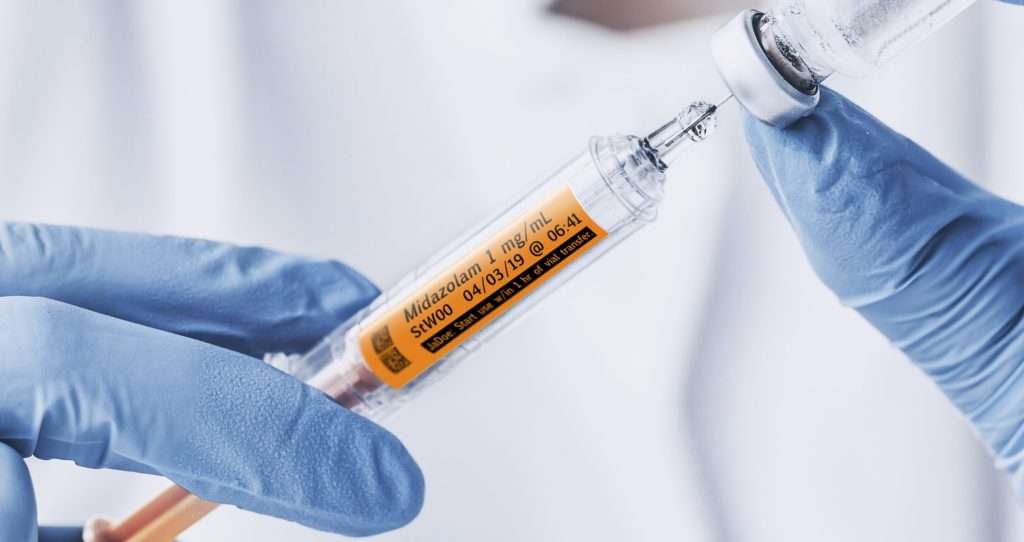In hospitals today, maintaining compliance with Joint Commission standards isn’t just about checking a box—it’s about protecting patients, supporting staff, and demonstrating operational excellence. But for many health systems, the path to compliance can feel like navigating a minefield of manual processes, outdated workflows, and inconsistent documentation.
That’s where Vigilant’s Verify platform steps in, transforming one of the most error-prone areas—IV medication labeling—into a streamlined, automated, and audit-ready workflow.
The Compliance Challenge
Joint Commission standards require hospitals to clearly label all IV lines and tubing with critical information: medication name, start time, change time, and staff identification. In high-acuity settings like ICUs, this becomes a daily challenge. Nurses are expected to handwrite labels—often under time pressure, amidst shift changes, and across multiple lines per patient.
Unfortunately, this process is prone to error. Studies and internal audits at major institutions show that even with education and protocols, labeling compliance often hovers around 70–80% before intervention. Missed or illegible labels increase the risk of infusion errors and central line-associated bloodstream infections (CLABSIs), which can jeopardize both patient safety and hospital accreditation.
A Smarter, Simpler Solution
Vigilant’s Verify platform addresses these compliance risks at the source—by eliminating handwriting and automating label creation at the bedside.
With just two barcode scans (nurse badge and medication), the system prints a standardized, Joint Commission-compliant label that includes:
- Medication Name
- Start and Change Times
- Color-coded Risk Alerts (e.g., concentrated opioids)
- Nurse or Clinician ID
- Tall Man Lettering for Look-Alike/Sound-Alike Medications
This automation ensures that every label is accurate, legible, and audit-ready, every time.
Compliance That’s Built In
Unlike traditional methods that rely on manual adherence and memory, Verify makes compliance the default setting. Here’s how:
1. Standardized Templates
Hospitals can configure label templates to align precisely with their internal policies and Joint Commission requirements—then roll them out system-wide in minutes.
2. Audit-Ready Documentation
Each label includes data that makes inspections easier. Staff don’t need to scramble to find change times or re-label expired lines before a surveyor walks in.
3. Elimination of Variability
Whether a nurse is working in a main campus ICU or a satellite ED, the labeling process is identical—reducing confusion, training time, and the risk of non-compliance due to local differences.
The Outcomes: Real-World Results
Hospitals using the Verify platform have reported:
- 95%+ Labeling Compliance within weeks of deployment
- Zero CLABSIs in certain units post-implementation
- Increased Staff Confidence during audits and handoffs
IU Health, for example, saw compliance rates rise from 75% to over 95% in their adult ICUs, while WellStar reported 639 consecutive CLABSI-free days after adopting Vigilant’s system.
Conclusion: Compliance Without Complexity
In an environment where every missed label could have clinical, operational, and regulatory consequences, Vigilant’s Verify platform offers a powerful, low-friction way to ensure your hospital stays survey-ready every day.
If you’re a CNO, ACNO, or infection prevention leader looking to simplify Joint Commission compliance while supporting your staff, it’s time to take a closer look at how Verify can help.
Because the best compliance strategy is the one your team actually uses.

